How Many Types of Valves Are There?
Valves are devices that help control the flow of water, air, or thick liquids in pipes and machines. They can start, stop, or change how much of these materials move through the system. This makes sure everything works safely and smoothly. Whether it’s for water, oil, chemicals, or heating and cooling, the right valve makes sure things safe and working well.
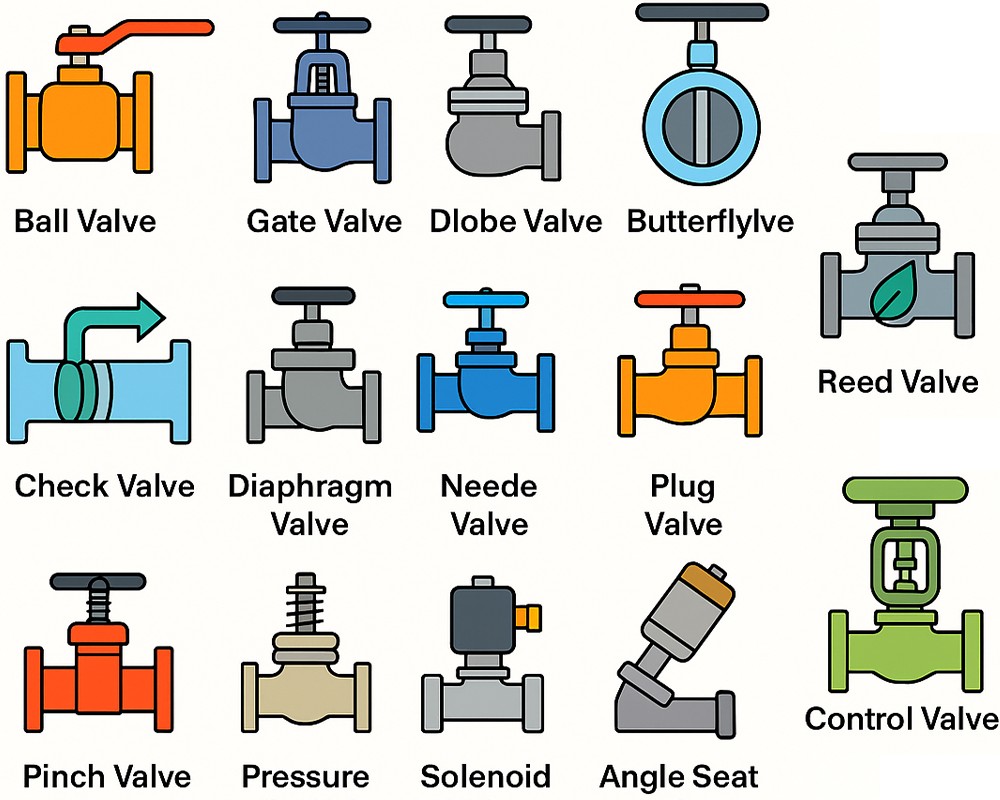
In this article, we will show you the common types of valves, how they work, where to use them, and how to pick the right one for your job. By the end, you will clearly know how many types of valves there are and which one might be right for you.What Is a Valve?
A valve is a machine part that controls how liquids, gases, or thick fluids move by opening, closing, or partly blocking the flow. Valves are essential in almost every industry, from simple water pipes to large chemical plants.
The 14 Main Types of Industrial Valves
Let's break down the most commonly used valves in industrial systems:
1. Ball Valve

Ball valves use a spherical disc (the ball) to start or stop flow. With a simple quarter-turn, the valve opens or closes.
Advantages: Fast operation, low leakage, excellent for on/off control.
Disadvantages: Not ideal for throttling.
Applications: Oil & gas pipelines, chemical plants, and water distribution systems.
2. Gate Valve
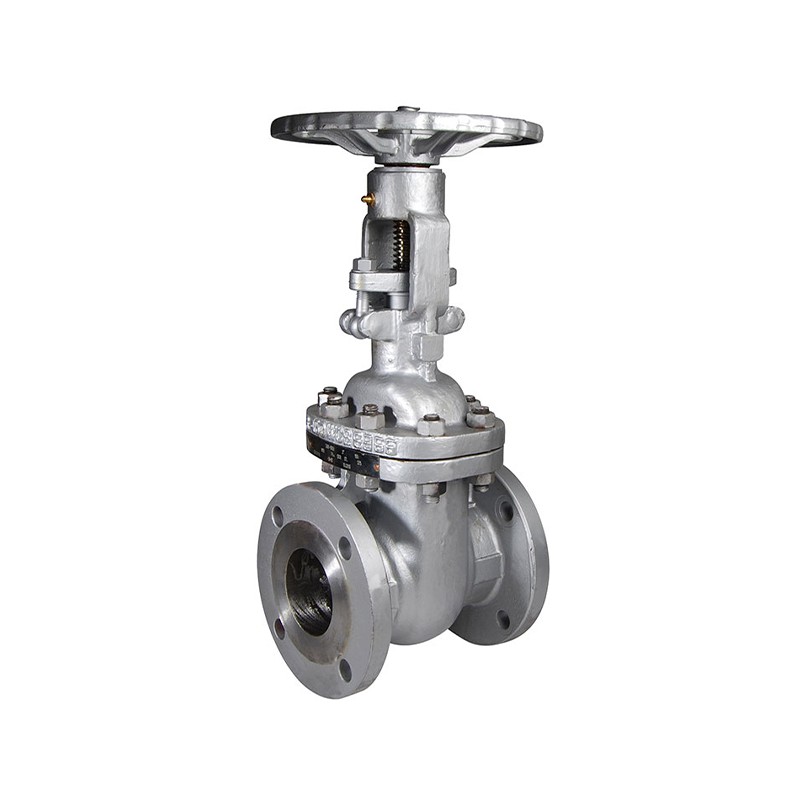
Gate valves open by lifting a gate out of the path of the fluid. They open fully or close completely by design.
Advantages: Low-pressure drop when fully open, straight-line flow.
Disadvantages: Slow to open/close, prone to wear.
Applications: Water plants, industrial piping, irrigation.
3. Globe Valve
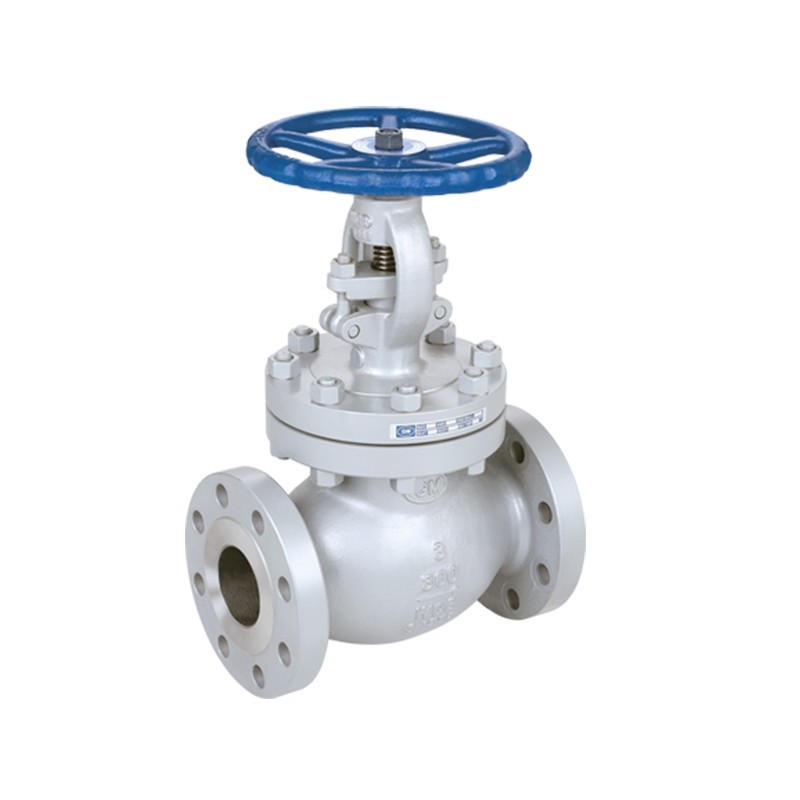
Globe valves control the flow by moving a plug that presses down on a fixed ring to block or allow flow.
Advantages: Precise throttling, good flow control.
Disadvantages: Higher pressure drop than gate valves.
Applications: Cooling water systems, fuel oil systems, turbine lube oil systems.
4. Butterfly Valve
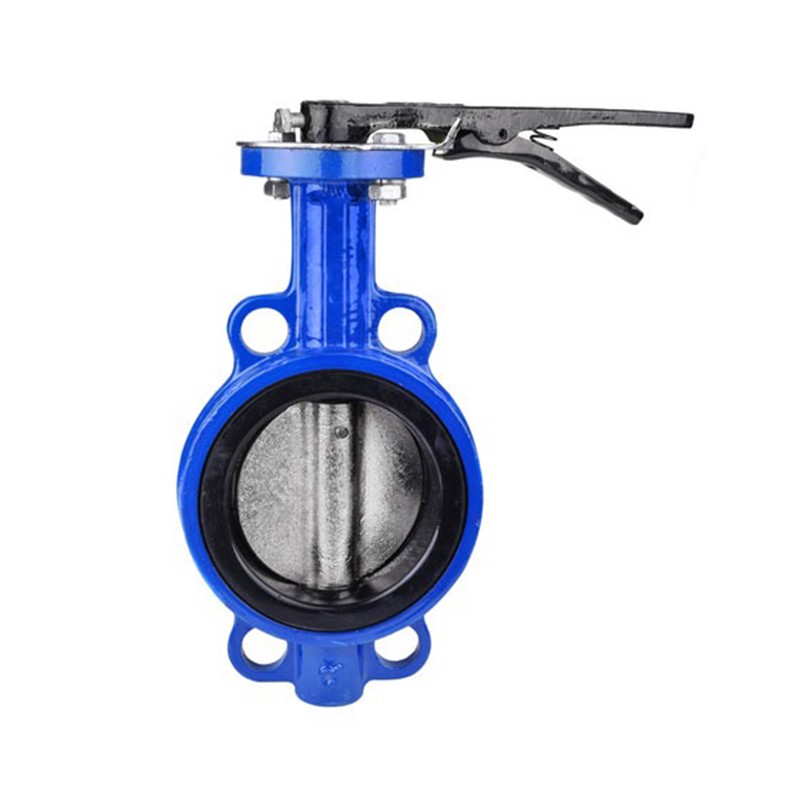
This quarter-turn valve uses a rotating disc to allow or block flow. This valve is one of the most space-efficient.
Advantages: Compact, lightweight, fast operation.
Disadvantages: Less effective at tight sealing under high pressure.
Applications: HVAC systems, water supply, fire protection systems.
5. Check Valve
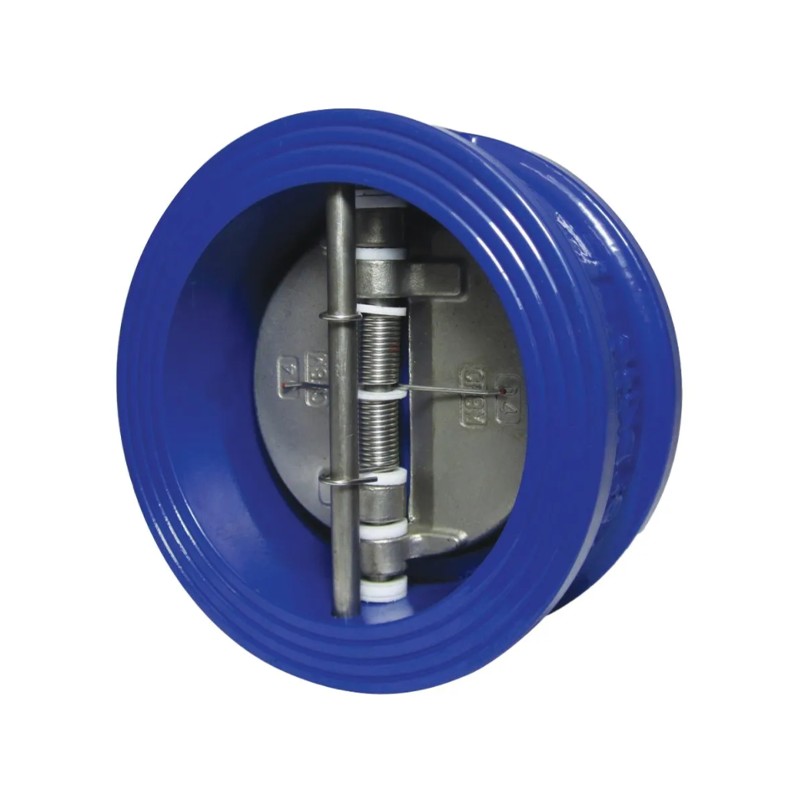
Check valves allow flow in only one direction, preventing backflow.
Advantages: Automatic operation, no manual control needed.
Disadvantages: Limited to low-pressure differentials.
Applications: Pumps, pipelines, sewage systems.
6. Diaphragm Valve
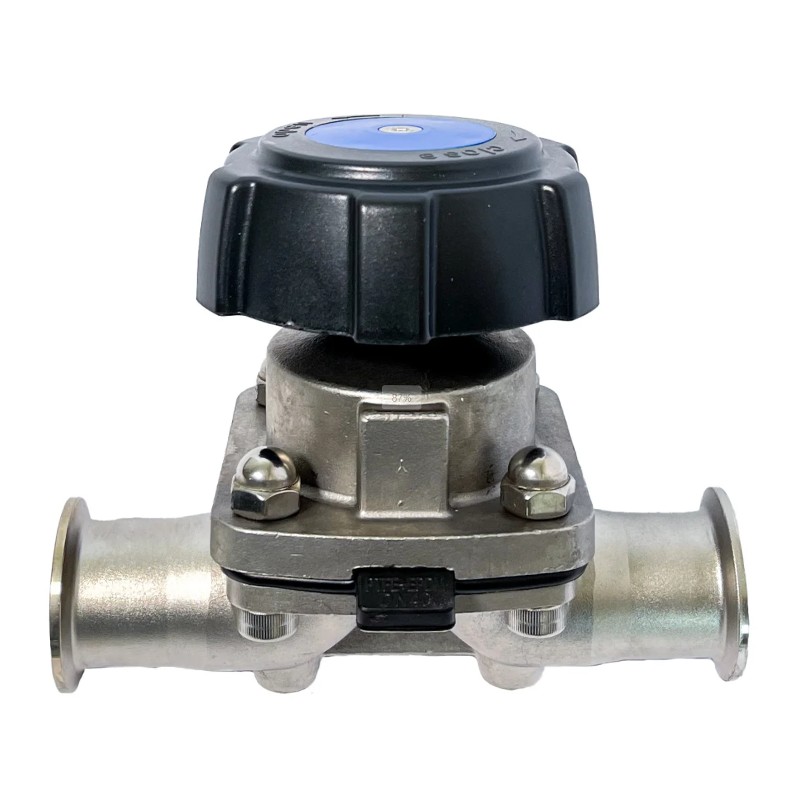
These valves control flow with a soft, bendable membrane. The fluid contacts only the valve body and diaphragm, which makes them ideal for hygienic applications.
Advantages: Easy to clean, leak-proof.
Disadvantages: Not ideal for high-pressure applications.
Applications: Pharmaceutical, food processing, water treatment.
7. Needle Valve

A needle valve has a thin, screw-like stem and a small hole that lets you control the flow highly precisely.
Advantages: Precise metering of flow.
Disadvantages: Not suited for large flow rates.
Applications: Instrumentation systems, flow regulation in small pipelines.
8. Plug Valve
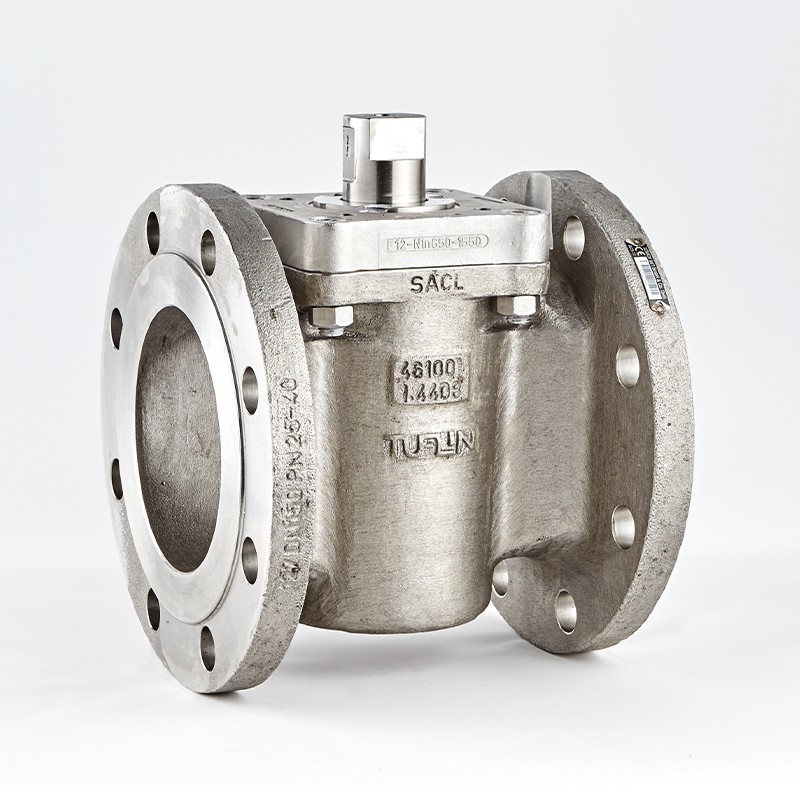
Plug valves feature a cylindrical or conical plug that rotates inside the valve body to control flow.
Advantages: Simple design, easy maintenance.
Disadvantages: Can wear out faster in abrasive applications.
Applications: Slurry pipelines, sewage treatment.
9. Pinch Valve
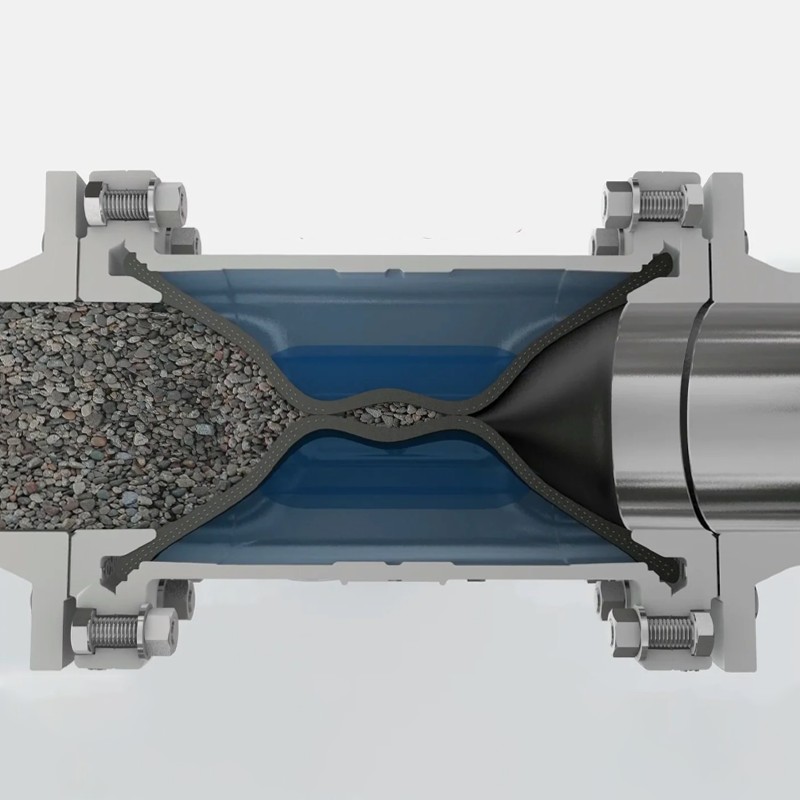
A pinch valve uses a pinching mechanism to shut off flow in a flexible tube. No internal parts come into contact with the fluid.
Advantages: No contamination, ideal for abrasive fluids.
Disadvantages: Limited to low-pressure systems.
Applications: Mining, wastewater, powder handling.
10. Pressure Relief Valve

This safety valve lets fluid out by itself when the pressure gets too high.
Advantages: Protects equipment from overpressure.
Disadvantages: Must be correctly sized and calibrated.
Applications: Boilers, gas storage tanks, pressure vessels.
11. Solenoid Valve
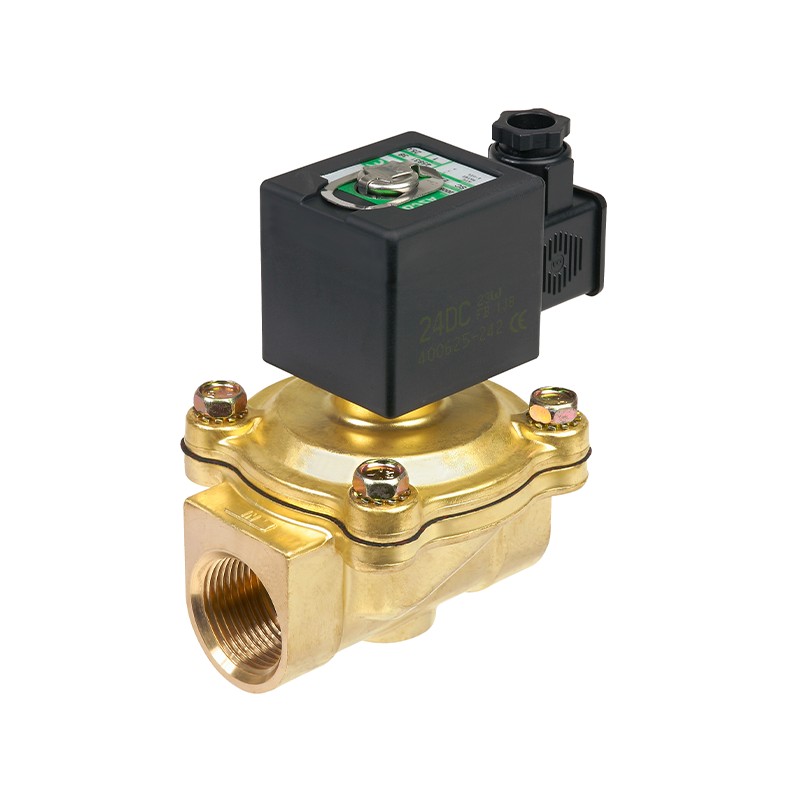
Solenoid valves use an electric current to control a plunger that opens or closes the flow.
Advantages: Fast switching, remote operation.
Disadvantages: Requires power, not suitable for large volumes.
Applications: Used for watering plants, controlling liquids automatically, and managing machines in factories.
12. Angle Seat Valve
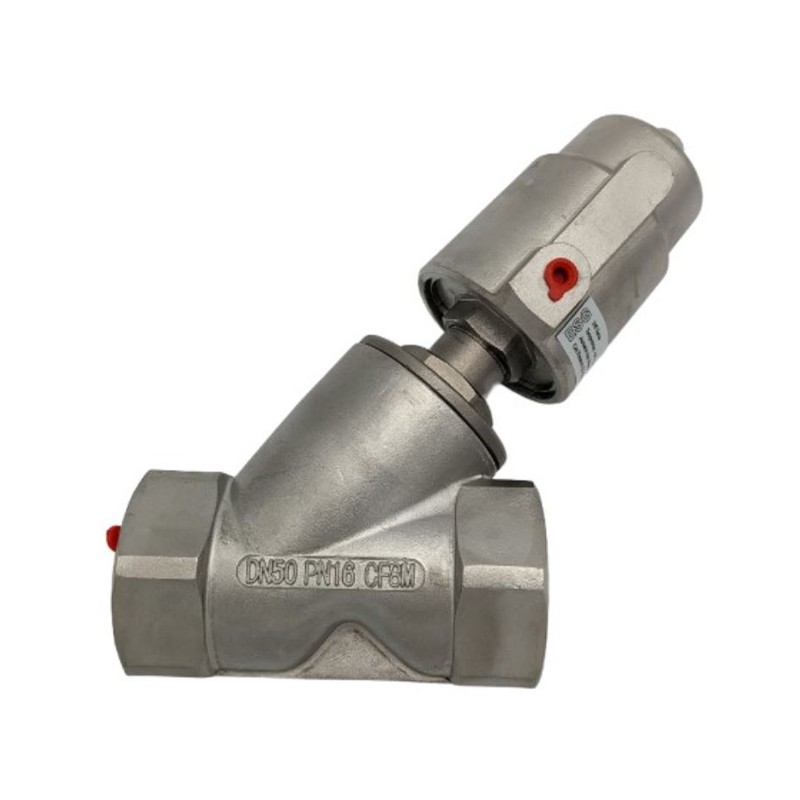
A pneumatically actuated valve with an angled seat for high flow and long service life.
Advantages: High durability, self-cleaning.
Disadvantages: Requires compressed air system.
Applications: Steam, air, liquids in processing industries.
13. Reed Valve
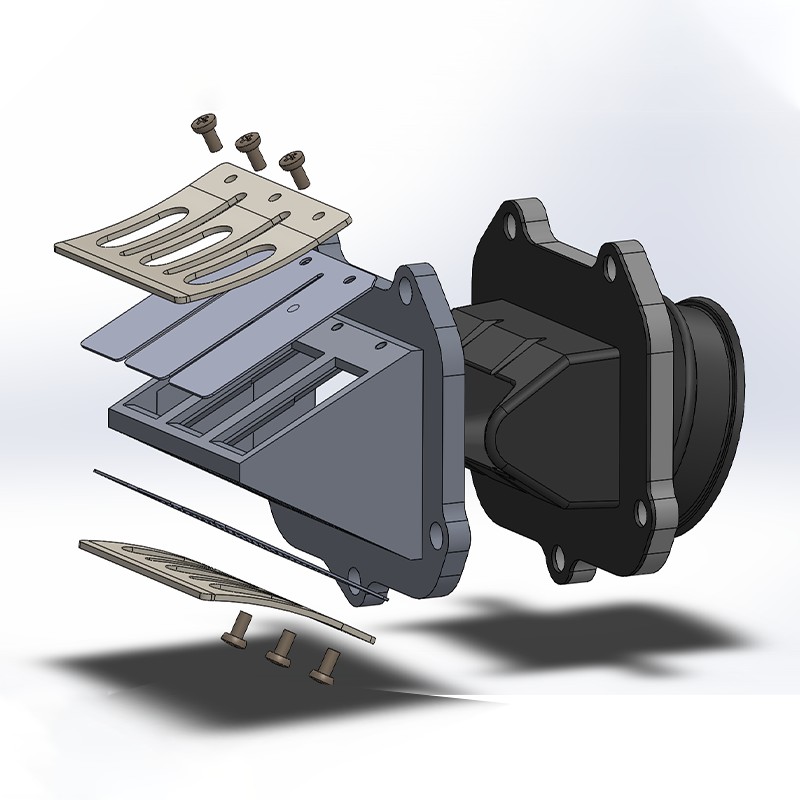
Reed valves are simple valves that let fluid flow in one direction and close when pressure changes.
Advantages: Simple, lightweight.
Disadvantages: Limited control, wear over time.
Applications: Compressors, engines, low-pressure systems.
14. Control Valve
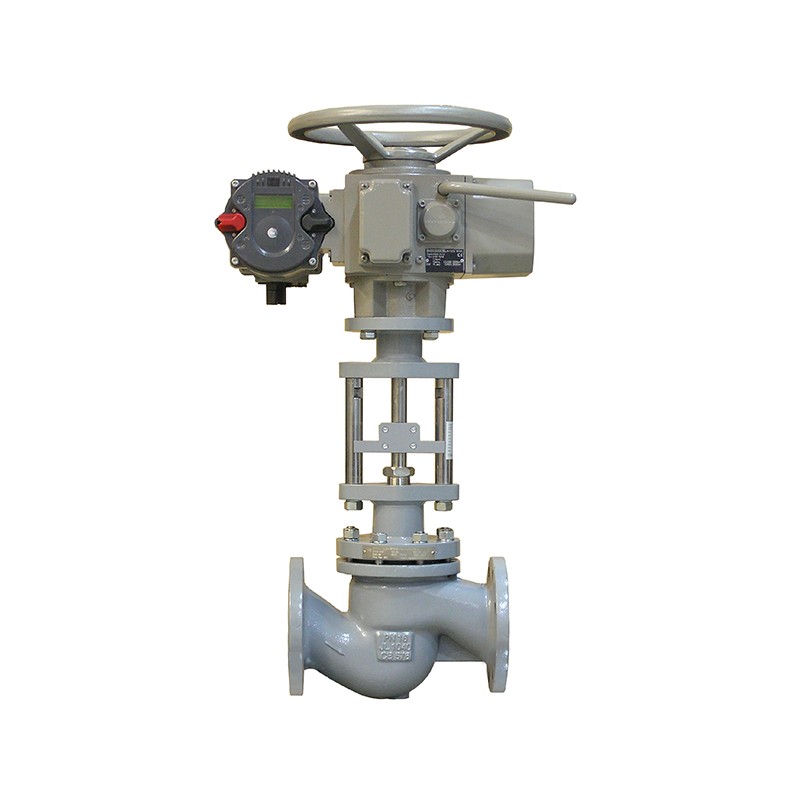
Control valves change how much fluid flows by opening or closing when told to do so.
Advantages: Automated, precise control over pressure, temperature, and flow.
Disadvantages: More expensive, needs calibration.
Applications: Oil and gas, petrochemical, and process control systems.
Other Valve Types (Specialty)
You can also find specialized valves such as:
• Cryogenic Valves for extremely low temperatures.
• Sanitary Valves for hygiene-sensitive industries.
• Float Valves used in tanks to control fluid level.
Classification of Valves: How to Group Them
Valves can be classified in several ways:
By Function
• Isolation Valves: Used to stop/start flow (e.g., gate, ball).
• Regulation Valves: Used to control flow rate (e.g., globe, needle).
• Non-return Valves: Prevent backflow (e.g., check valves).
• Safety Valves: Protect systems from excess pressure (e.g., relief valves).
By Operation Method
• Manual: Operated by hand (wheel or lever).
• Electric: Powered by electric motor or actuator.
• Pneumatic: Operated by compressed air.
• Hydraulic: Powered by hydraulic pressure.
By Flow Media
Gas: Requires high sealing performance.
Liquid: Must prevent leakage.
Slurry: Needs wear resistance.
Steam: Must withstand high temperatures.
By Connection Type
• Flanged: Common in industrial applications.
• Threaded: For smaller sizes and temporary setups.
• Welded: For permanent, leak-proof joints.
How Many Types of Valves Are There?
You’ll find many types of valves, but factories usually use more than 20 kinds for different jobs and liquids. The 14 types listed above are the most common valves used around the world.
Each type may further break down into sub-types, such as:
• 3-way and 4-way ball valves
• Double block and bleed plug valves
• Motorized butterfly valves
• Proportional solenoid valves
• Cryogenic globe valves
So, 14 types are a good starting point, but engineers might see 30 or more types depending on how complicated the job is.
How to Choose the Right Valve for Your Project
Here are some critical factors to consider:
• Media Type: Is it water, gas, slurry, oil, or something corrosive?
• Temperature and Pressure: High-pressure or high-temp systems need specialized valves.
• Flow Control Needs: Will you use the valve to throttle, shut off, or redirect flow?
• Actuation Requirements: Manual vs. automatic (electric, pneumatic, etc.)
• Frequency of Operation: If used often, valves may need stronger materials or automatic controls.
• Regulations and Certifications: Some industries need special valves for food safety or explosion protection.
Why Valve Quality and Manufacturer Matter
Low-quality valves can cause system failures, leaks, safety hazards, and high long-term maintenance costs. Choosing a reliable valve manufacturer ensures:
As a trusted valve manufacturer with over 20 years of experience, we offer:
✅ Custom valve solutions for your industry
✅ High-performance sealing technology
✅ Full range of electric, pneumatic, and manual valve options
✅ International certifications (CE, ISO, etc.)
✅ Engineering support and fast delivery
Final Thoughts
Valves may seem like small components, but they are critical to the safe and efficient operation of industrial systems. From simple shut-off valves to control valves, knowing the types helps you make and use systems better.
So — how many types of valves are there? People use at least 14 main types of valves, and many more depending on how they use them. That makes valves one of the most varied parts in industry.
Need help selecting the right valve?
We're here to assist. Contact us today for expert help and top-quality valves made just for you.






















